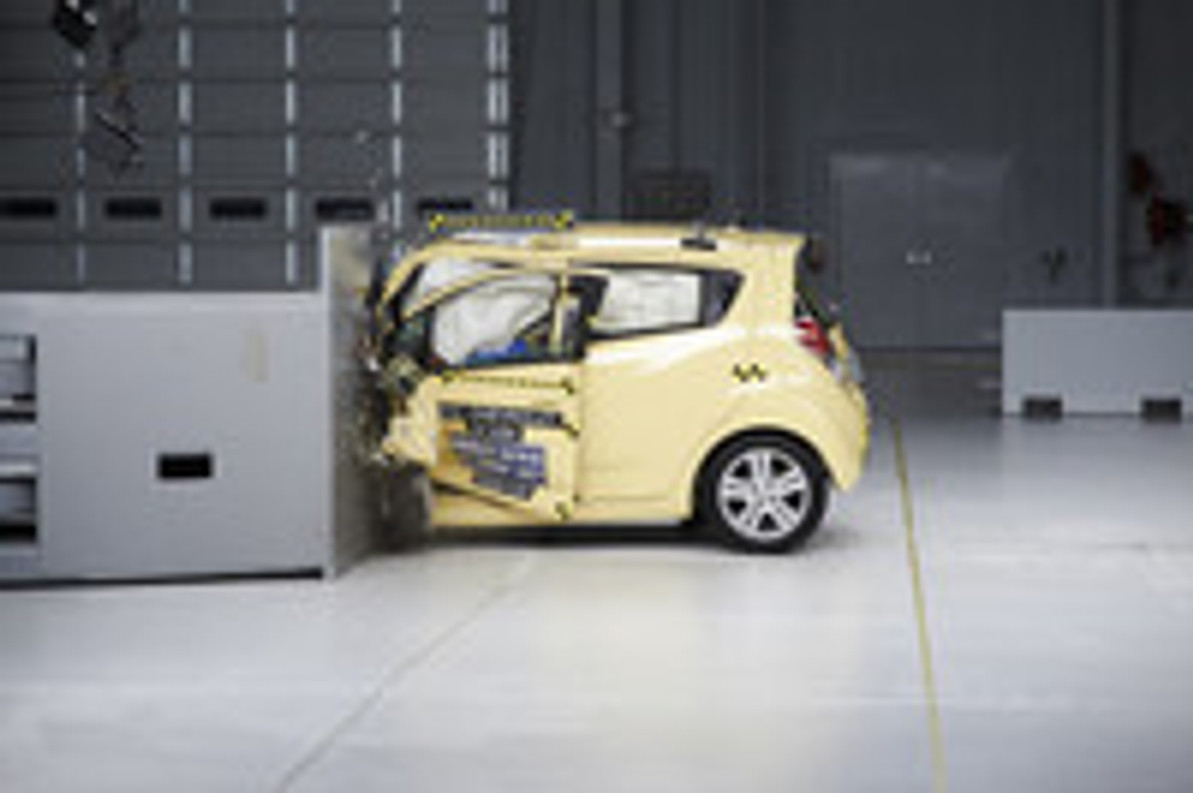Minicars Receive Poor Safety Rating
Earlier this week, the Insurance Institute for Highway Safety (IHHS) released the results of a series of crash tests involving some of the nation's smallest cars (rightfully known as minicars). What they found was nothing short of shocking: only a single one of the eleven minicars tested received an acceptable rating for overlap front crash test. If you currently own or are thinking of purchasing a minicar in the near future, you'll want to read this report.
With the average price for a gallon of gas in the U.S. teetering around $3.40, budget-conscious drivers everywhere are looking for ways to save money. One of the easiest ways to save is by opting for a smaller, more fuel-efficient vehicle. The minicar market has exploded in terms of popularity within the past few years, as these exceptionally small cars can save drivers money. But this begs the question: is the nominal gas savings really worth the cost of your family's safety?
The IHHS performed a battery of tests on eleven of the nation's most popular minicars, with the institute's focus being on the overlap front crash test. Originally developed in 2012, this test is meant to replicate what happens to a vehicle when the front end slams into another vehicle, tree, telephone pole, building or object while bypassing a portion of the vehicle's crash zone.
During this simulated test, IHHS researchers sent each of the eleven minicars slamming into a concrete barrier at 40 mph with a portion of the vehicle bypassing the crash zone. This takes a different approach to the traditional crash tests which focus entirely on the crash zone.
The worst performers in the IHHS overlap front crash test were the Fiat 500 and Honda Fit. The only vehicle of the eleven tested that received an "acceptable" rating was the Chevy Spark, and it was only marginally better than the other contenders.
"Small, lightweight vehicles have an inherent safety disadvantage. That's why it's even more important to choose one with the best occupant protection. Unfortunately, as a group, minicars aren't performing as well as other vehicle categories in the small overlap crash," said Joe Nolan, IHHS senior vice president for vehicle research.
So, what should you take away from this IHHS report? One thing is for sure: manufacturers are building cars around the principle that 100% of accidents occur in the crash zone. When accidents occur around the crash zone, the vehicle and its passengers are left exposed.
Recent Posts
-
Fire Safety in the Workplace: What You Need to Know
What steps are you taking to prevent fires in your workplace? According to the U.S. Occupational Saf …Aug 23rd 2023 -
Is It Safe to Go Jogging With a Cold Infection?
If you're suffering from a cold infection, you might be wondering whether it's safe to go jogging. T …Aug 22nd 2023 -
5 Safety Tips to Follow When Using a Powder-Actuated Tool
Powder-actuated tools are commonly used to join materials to steel and concrete. Also known as Hilti …Aug 20th 2023




